Success Stories of Product Placement in Korean Drama
The Double-Edged Power of Product Placement in Korean Drama
Product Placement (PPL) in Korean dramas has become one of the most influential marketing tools for global and domestic brands alike. With K-dramas reaching audiences across Asia, North America, and beyond, a single product subtly placed in a scene can spark viral buzz and drive measurable sales. Yet, the effect of Product Placement is not always positive; it can enhance brand value or damage consumer perception depending on how naturally it blends into the storyline and how audiences interpret it.
When executed well, Product Placement allows brands to merge seamlessly into the narrative. For example, the drama Misaeng famously integrated instant coffee, hangover relief drinks, and office wear into its story, making these items feel authentic to the daily lives of the characters. The result was a surge in sales and stronger consumer attachment to the featured products. In such cases, PPL doesn’t feel like an advertisement—it feels like a reflection of reality, which reinforces credibility and boosts purchase intent. This demonstrates how natural integration can positively shape brand image and drive consumer behavior.
However, Product Placement also carries risks. Overexposure or awkward insertions can easily backfire, disrupting the viewing experience and leaving audiences annoyed. Instead of associating the brand with aspirational lifestyles, viewers may form negative impressions or even develop resistance to the product. This is especially critical in Korea, where audiences are highly sensitive to overt commercial tactics. In contrast, research suggests that Chinese viewers are less affected by negative perceptions of PPL, showing how cultural differences must be carefully considered in cross-border campaigns.
Case Study: Successful Product Placement in Korean Dramas
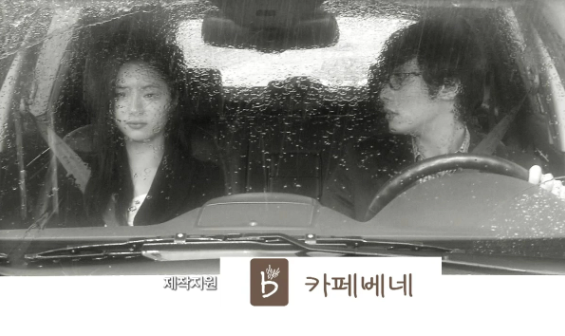
Caffebene – The “High Kick” Effect
One of the most memorable Product Placement cases in Korea comes from the popular sitcom High Kick. At the end of each episode, the Caffebene logo appeared just before the screen faded to black and white, accompanied by its signature BGM. On the surface, this was nothing more than a standard production support credit, yet the timing was key—it always appeared at the most decisive emotional moments. This subtle but impactful repetition sparked countless parodies among Korean audiences and, more importantly, made Caffebene’s brand name impossible to forget. As a result, the coffee chain experienced a dramatic rise in public recognition, turning what could have been an ordinary sponsorship into a nationwide branding success.
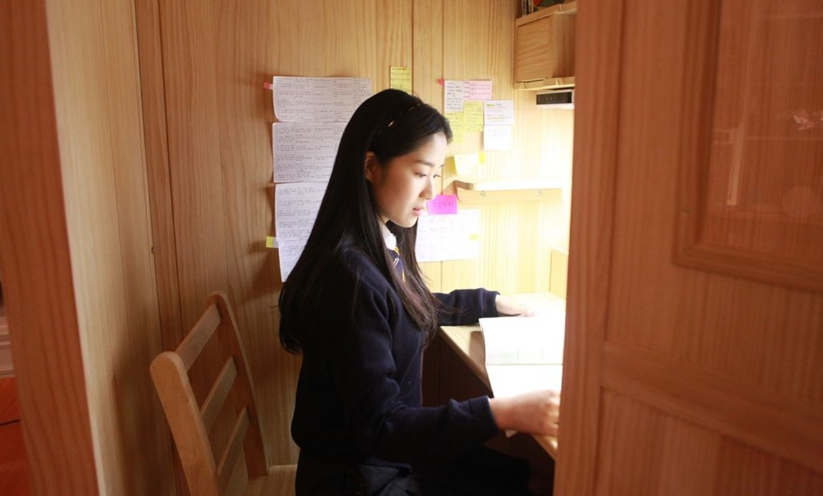
Study Cube – The “Sky Castle” Phenomenon
Another example comes from the hit drama Sky Castle (2018–2019), which became a cultural sensation in Korea. In the show, the character Ye-seo’s study desk—produced by Study Cube—was frequently highlighted. Following the broadcast, sales of the desk surged, and Study Cube quickly became associated with academic excellence and high-achieving students, resonating strongly with parents and teens alike. The drama’s immense popularity amplified the brand’s visibility, proving how the right placement in a high-impact storyline can directly translate into consumer demand. For Study Cube, Product Placement wasn’t just about visibility—it became a symbol of aspiration tied to one of Korea’s most influential dramas.
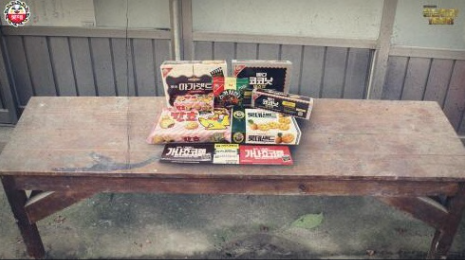
Lotte Confectionery – Nostalgia Meets Freshness in Reply 1988
The hit drama Reply 1988 showcased Lotte Confectionery’s classic snacks, including Ghana chocolate, Cheetos, Scotch candies, and Margaret cookies. For viewers in their 30s and 40s, these products evoked nostalgia, while younger audiences saw them as something fresh and retro. A particularly effective strategy was the recreation of vintage packaging, which not only fit the drama’s 1980s setting but also generated buzz across social media. Following the drama, sales of the featured products increased by more than 12% on average. This Product Placement demonstrates how period dramas can revive heritage brands by aligning them with cultural memory and emotional storytelling.
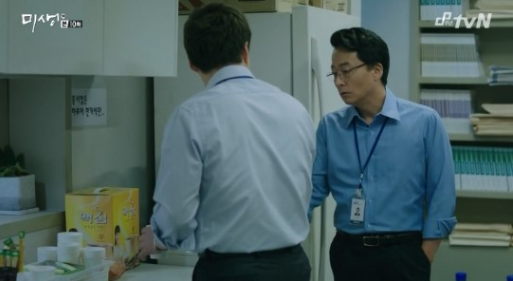
Maxim Coffee – Everyday Authenticity in Misaeng
The drama Misaeng portrayed the struggles of everyday office workers, striking a strong chord with Korean viewers. Maxim Coffee Mix was strategically placed in office meeting scenes and casual breaks, mirroring real-life habits of Korean employees. Because the placement was natural and relatable, it reinforced Maxim’s association with daily work life. The results were staggering: sales of Maxim instant coffee surged by 106% after the drama aired. This case illustrates the power of Product Placement when it reflects authentic cultural behavior, embedding a brand seamlessly into everyday narratives.
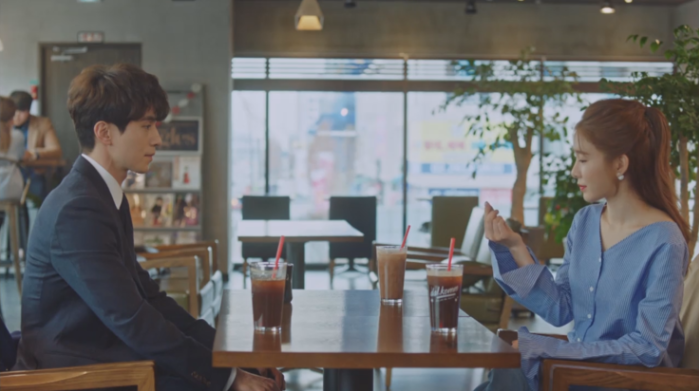
dal.komm Coffee – Building Identity Through Goblin and Mr. Sunshine
dal.komm Coffee gained nationwide recognition through its placement in the fantasy-romance drama Goblin, where the café served as a key meeting place for the characters. Following the show, domestic franchise inquiries more than doubled, proving that well-placed exposure can directly boost business expansion. The brand further solidified its position with Mr. Sunshine, cleverly adapting its logo and products to fit the historical setting. By presenting the brand in era-appropriate ways, dal.komm Coffee not only avoided anachronism but also won praise for its attention to detail. These cases show how flexible Product Placement can enhance brand storytelling while respecting the narrative context.


